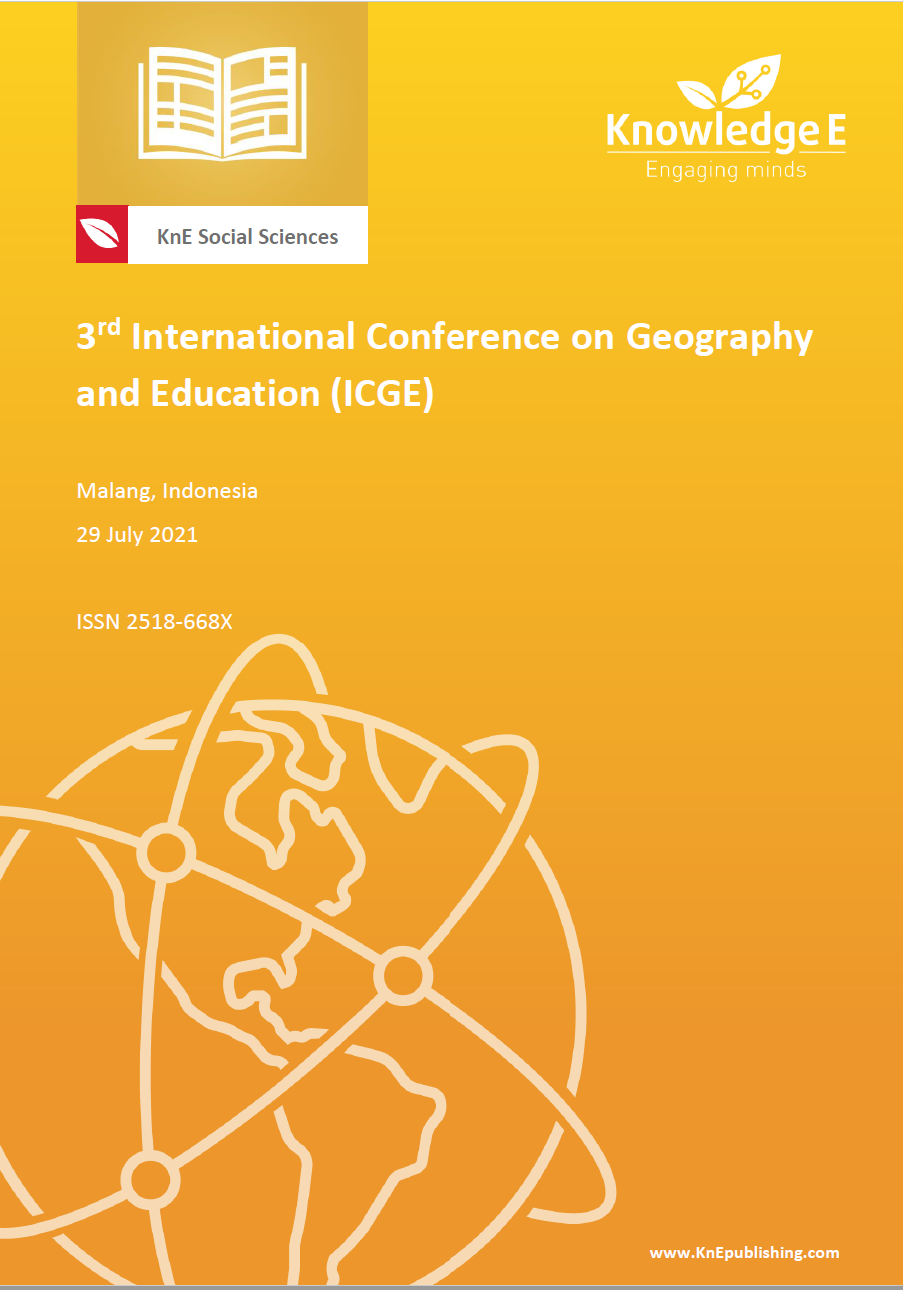Youth Adaptation in Transformation of Plantation and Agricultural Land on Sebatik Island
DOI:
https://doi.org/10.18502/kss.v7i16.12180Abstract
Studies at the border between Indonesia and Malaysia have not received much attention due to geographical factors and neglect on the part of the Central Government. One such area is on Sebatik Island, directly adjacent to Malaysia. Therefore, this study was developed to fill the gap in border studies, by explaining border dependence on neighboring countries. This dependence can be seen through the adaptation strategies of youth who work in the agricultural and plantation sectors in the Sebatik region. Qualitative methods with a case study approach were used. Data were obtained through observations, in-depth interviews, and secondary data analysis. Youth were the main informants; however, we also interviewed stakeholders in the Sebatik area, such as owners of agricultural land and plantations in Sebatik. The results showed that the Sebatik border community depends on Malaysia for trade and thus the agricultural and plantation aspects in the region are oriented to the needs of Malaysia. This ultimately impacts young people, especially those who work as manual laborers, to adapt to changing crops on plantations in Sebatik.
Keywords: border, youth, Sebatik, plantation, agricultural
References
[2] Nambiappan B, Ismail A, Hashim N et al. Malaysia: 100 years of resilient palm oil economic performance. Journal of Oil Palm Research. 2018. 30(1), 13-25
[3] Hastangka H, Budiman L. Nawacita, pancasila, and the political ideology of national development. Citizenship Education-Research-Pancasila Educator Service and Citizenship.2020. 31(2), 15-25
[4] summary. Indonesia and border problems: Some problems in the development of border areas as part of the national economy from a historical perspective. Jurnal Kajian Sejarah & Pendidikan Sejarah. 2013; 32(1), 35-46.
[5] Noveria M, Wuryandari G, Haba J, Noor F, Yuliana CI, Rucianawati R. Indonesian sovereignty in the border area. Novaria M, editor. Indonesian Torch Foundation, Jakarta; 2017.
[6] Sutopo OR. Understanding frontier youth transition. 2016;6(2):98–111.
[7] Bariyah N, Lau E. West Kalimantan-Sarawak border trade: Gravity model. kasetsart journal of social sciences, 2019.
[8] Denzin NK, Lincoln YS. The SAGE handbook of qualitative research. SAGE, North America; 2000. The discipline and practice of qualitative research.
[9] Silverman D. Qualitative research theory methods practice, 2011.
[10] Lisbet L Pujiyanti A, Wangke H. Indonesia-Malaysia cooperation in border management in Kalimantan. 1st ed. Wangke H, editor. Jakarta: Indonesia Torch Foundation; 2018. 166 p.
[11] Warsilah H, Wardiat D. Social development in the Kapuas Hulu border area, West Kalimantan. 1st ed. Jakarta: Indonesia Torch Foundation; 2017. 190 p.
[12] Smith T. The underdevelopment of development literature: The case of dependency theory. World Politics. 1979. 31(2), 247-288.
[13] Ahiakpor JCW. The success and failure of dependency theory: The experience of Ghana. International Journal of Artificial Organs; 1985.
[14] Namkoong Y. Dependency theory: Concepts, classifications, and criticisms. International Area Studies Review. 1999. 2.1: 121-150.
[15] Ghosh BN. Dependency theory revised. 2019.
[16] Woodman D, Bennett A. Youth cultures, transitions, and generations.2015. 195 p.
[17] Sutopo OR, Meiji NHP. The reflective capacity of youth in the transition to the world of work. Jurnal Sosiologi Walisongo. 2007.
[18] Wyn J, White R. Rethinking Youth London 1997. 170 .
[19] Rahadianto SO, Pratama MNH. Youth transition in risk society: Between aspiration, barriers and uncertainty. Jurnal Universitas Paramadina. 2014;11(3):1164–86.
[20] Li TM, editor. The process of transforming inland regions in Indonesia. 1st ed. Jakarta: Indonesia Torch Foundation; 2002. 422 p.

